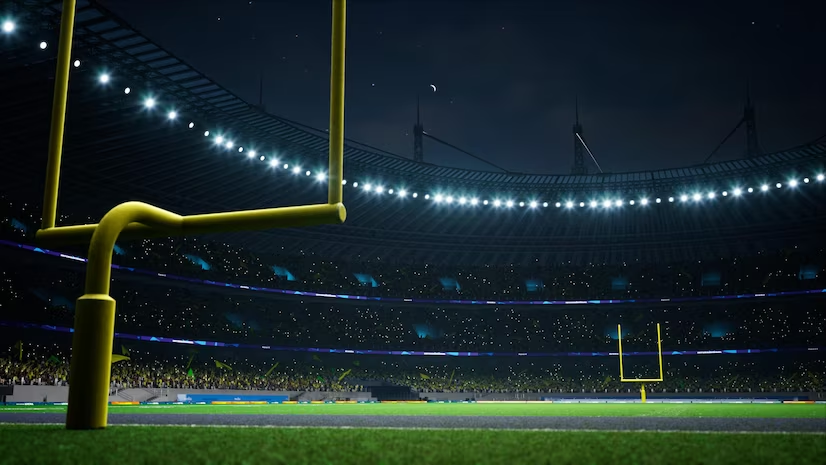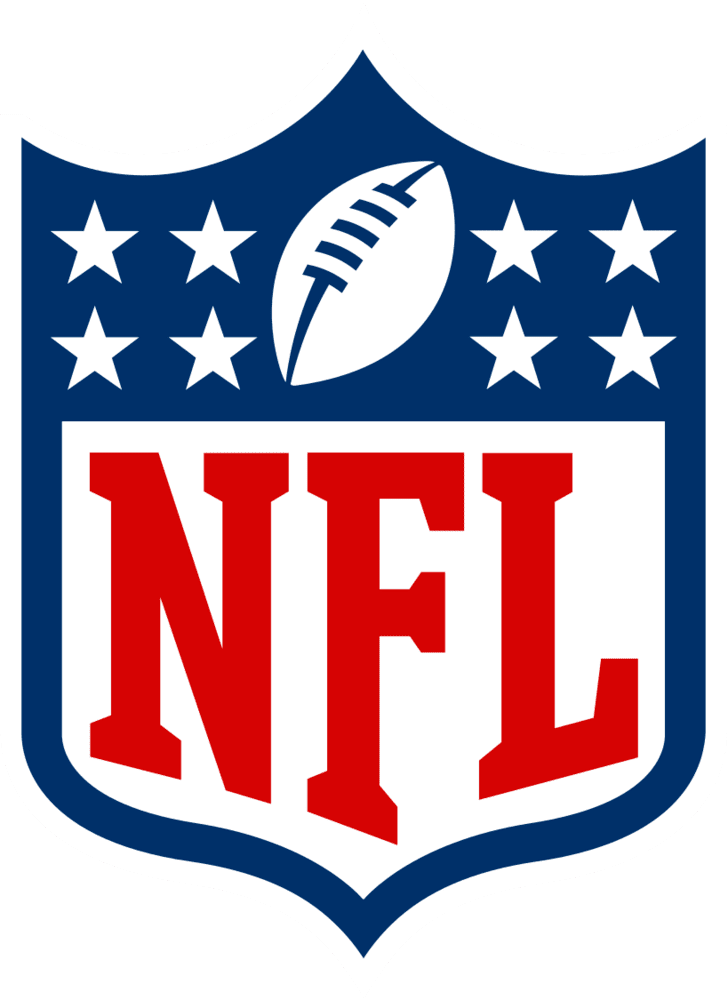

Any Given
Sunday...
A presentation on 4th quarter comebacks in American Football
Background
- "Any given Sunday...": a phrase used to describe how competitive American Football is
- This report investigates one aspect of this competitiveness - 4th quarter comebacks
- 4th quarter comeback: Where the team losing at the start of the 4th quarter wins the game (inc. overtime)
- If we can identify 4th quarter comebacks can we then identify common properties that allow us to predict them?
- Data set used is a "play by play" (a list of all in-game events from all games up to and including week 14 of the 2021 regular season)
Hypothesis
- I would expect the number of 4th quarter comebacks to be around 25% of total games (a conservative estimate based on how many dramatic games it feels like I watched that season)
- I would also expect a correlation between the strength of a team and their 4th quarter comeback performance:
- The better a team is the stronger they would finish a game
- The inverse being true for the weaker teams
- Lastly it is my expectation that home advantage would be likely to inspire teams to make a comeback so the share of comebacks would be distributed unevenly in favour of the home team

Key finding:
Only 12% of games in the first 14 weeks of the 2021 regular NFL season were 4th quarter comebacks.
- Surprisingly, playing at home offers no advantage to a team needing a 4th quarter comeback

Key finding:
80% of 4th quarter comebacks in first 14 weeks took place in the first two months of the season.
- Perhaps earlier in the season players have more belief in their team, enabling them to come back.

Key finding:
7 points was the most common deficit at the start of the 4th quarter to be over-turned (6 times) and a tipping point for comebacks as the season progressed.
- 7 point deficit makes it 'one possession game'.
- 8 points is last one possession deficit but an 8 point score is much harder to achieve
- Perhaps the drop off in big comebacks is teams 'finding a rhythm'.

Key finding:
46% of last touchdowns in the 4th quarter came in the last 3 minutes.
- If your team is within 6 points of taking the lead then despite the low number of comebacks overall, as this visualisation suggests, you cannot know for sure that a comeback will not happen. The most dangerous time to defend a one score lead appears to be at the end of the game.

Key finding:
Comebacks of 8 points or more were only 27% of total comebacks.
- If trailing by more than 7 points at the start of the 4th quarter your chances are significantly diminished.

Key finding:
Baltimore clearly best performer of successful comeback teams when ranked by 'Comeback Ranking Ractor' (CRF)
- Comeback Ranking Factor: Total deficit * (Number of comebacks * 1.5)
- CRF a metric I devised to rank teams on comeback performance
- CRF weighted to number of comebacks over comeback deficit overturned

Key finding:
Tennessee were the overall best performing comeback team out of all 32 NFL teams when combining comeback wins with comeback defeats using Comeback Ranking Factor.
- 7 teams had 0 points (neither a comeback win nor loss of a winning position at the start of the 4th quarter)

Key finding:
There appears to be no strong correlation between strength of team (number of wins) and CRF.
- 3 teams for which no comeback data exists are joint strongest with 10 wins each
- Perhaps then a possible predictor of strongest team: not being involved in comebacks at all?
Conclusions
- The data suggests 4th quarter comebacks are much less common than my hypothesis (25% of games)
- If your team is winning at the start of the 4th quarter it is highly likely to win the game
- Odds increase significantly further if the lead is 8 points or more
- 4th quarter comebacks are more likely to happen earlier in the season and if the lead is 7 points or less
- Quality of team does not make for a stronger comeback team.
- It could be argued that the better teams would not be losing at the start of the 4th quarter anyway.
- When comparing CRF with win count, the teams with the most wins have not been involved in any comebacks.
- Lack of correlation between strength and CRF supports "Any given Sunday" unpredictability: worst performing team by CRF (Cleveland -76.5 CRF) still has a winning record (7 wins) from 13 games
Summary
To put the data in a practical context: if your team was winning at the start of the 4th quarter and your friend who is supporting the other team offers a friendly wager that your team will still lose the data suggests that if your team is winning by more than 8 points then this is a deal you should readily accept (especially if the month is not October!).
However if your team is only winning by 7 points or less you should exercise caution and, with so many touchdowns being scored in the last three minutes the game could still end in a comeback and you're likely to face a very uncomfortable last few minutes of the game!
The conclusions above must be tempered by a somewhat obvious caveat though: that this data is perhaps applicable mostly to the 2021 season. With respect to Bernoullli's "law of large numbers" to have truly accurate conclusions we would need to examine data going back decades to have a data set encompassing enough games to have a statistcially significant same size.
In addition it must also be stressed that this is an incomplete data set from the 2021 regular NFL season.